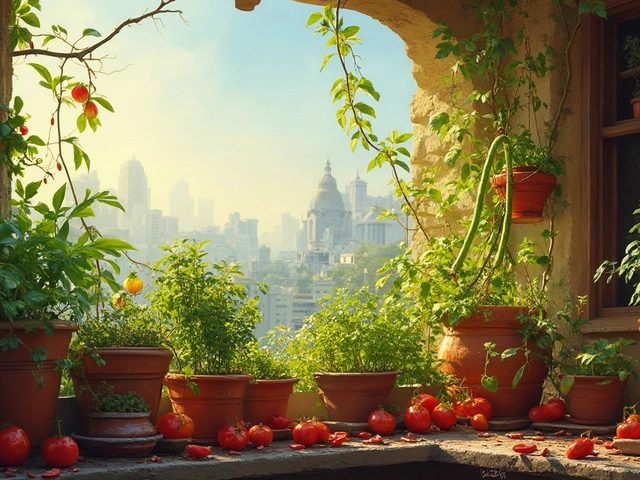Rare Plants: How to Find, Grow, and Enjoy Unique Species in Your Garden
You've probably walked past a garden and thought, "Wow, that's something I’ve never seen before." Those eye‑catching plants are often rare species that need a little extra love. In India’s varied climate, growing rare plants can feel like a rewarding challenge – and you don’t need a fancy greenhouse to start.
Where to Source Rare Plants in India
The first step is knowing where to look. Local nurseries in big cities such as Delhi, Bangalore, and Mumbai sometimes stock uncommon varieties. Ask the staff about "exotic" or "heritage" plants – they often have a small section for them. Online marketplaces also list rare seeds and saplings; just double‑check the seller’s reviews and whether the plant is legally allowed to be imported.
Another great source is botanical gardens and horticultural events. They frequently have plant sales featuring species that are hard to find elsewhere. Joining a gardening club or a social media group can give you leads on seed swaps, where fellow enthusiasts trade cuttings of rare plants they’re propagating.
Caring for Rare and Exotic Species
Rare plants usually have specific climate or soil needs. Start by researching the plant’s native habitat – does it grow in shade, high humidity, or dry rocky soil? Replicating those conditions at home makes a huge difference. For example, a Himalayan snow lotus prefers cool, well‑drained soil, while a tropical orchid thrives in warm, humid air.
Watering is often the trickiest part. Many rare species are sensitive to over‑watering. A good rule of thumb is to let the top inch of soil dry out before you water again. Using a moisture meter can take the guesswork out of it.
Fertilising should be light. Too much nitrogen can kill a delicate plant that’s adapted to low‑nutrient soils. A diluted balanced fertilizer once a month usually does the trick.
If you’re planting a rare flowering plant like the Queen of the Night cactus, give it plenty of sunlight during the day and a cool, dark period at night to encourage blooming. For foliage‑focused plants, like a variegated Philodendron, protect them from direct afternoon sun to avoid leaf scorch.
Finally, keep an eye out for pests. Some uncommon plants lack natural defenses, so a gentle soap spray or neem oil can help without harming the plant.
Putting these tips into practice lets you build a garden that stands out in the neighbourhood. Whether you’re after the most beautiful flower in the world or a quirky succulent, the right approach turns a rare plant from a curiosity into a thriving centerpiece.
Ready to start? Grab a notebook, list the rare species that catch your eye, and take the first step toward a garden that’s truly one‑of‑a‑kind.
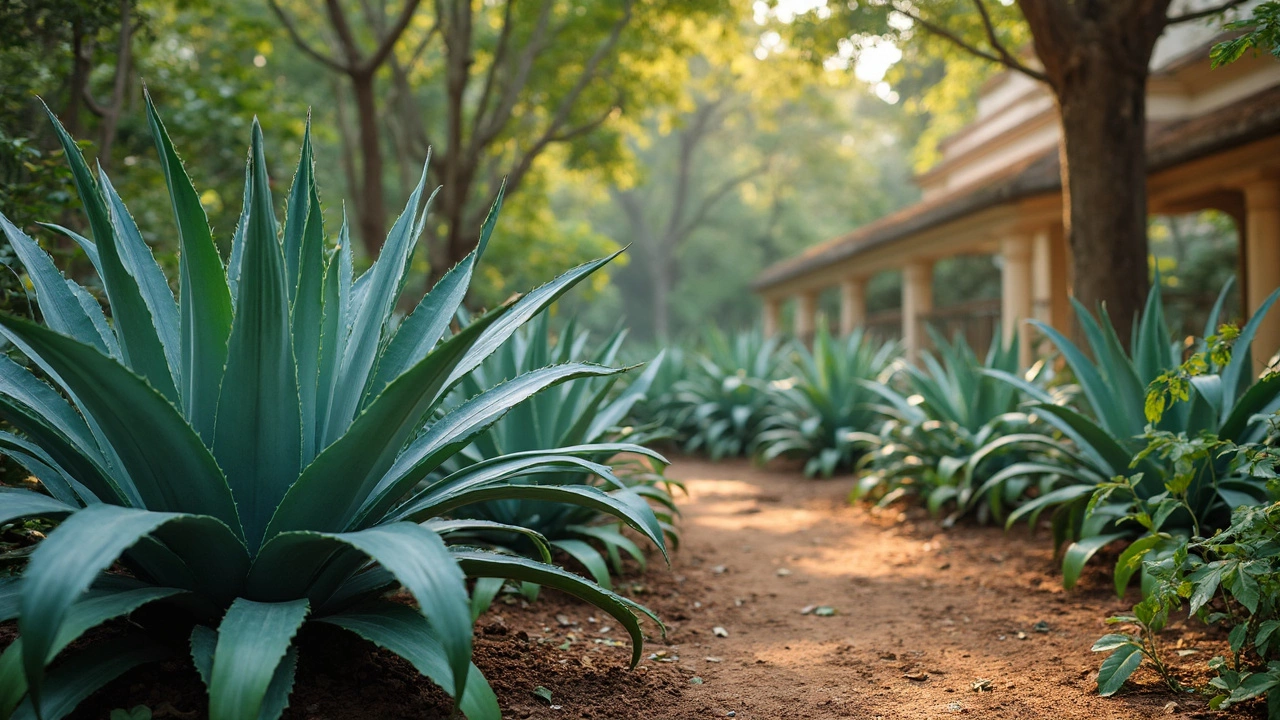
Discover the Marvel of the Agave, the Plant That Blooms Once Every 7 Years
The Agave plant, a marvel of nature, captures attention for its unique flowering pattern, blossoming after several years of growth. Ideal for gardeners seeking low-maintenance options, this plant fits perfectly into sustainable gardening plans. Learn intriguing facts about the Agave, its role in ecosystems, and helpful tips for incorporating these extraordinary plants into your garden. Explore how to maintain these robust plants and turn your garden into a resilient landscape.
About
Gardening
Latest Posts
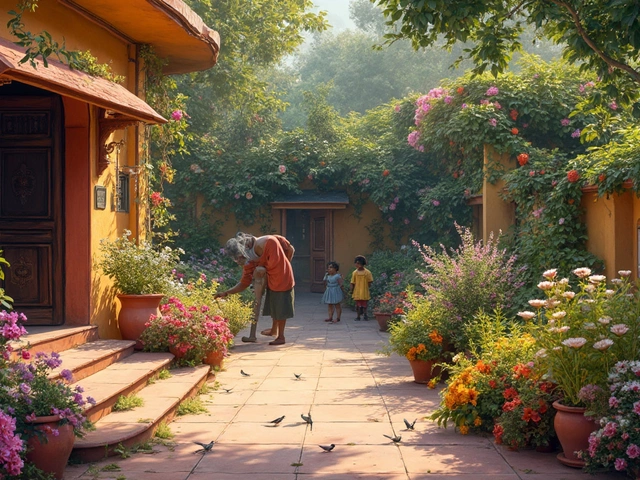
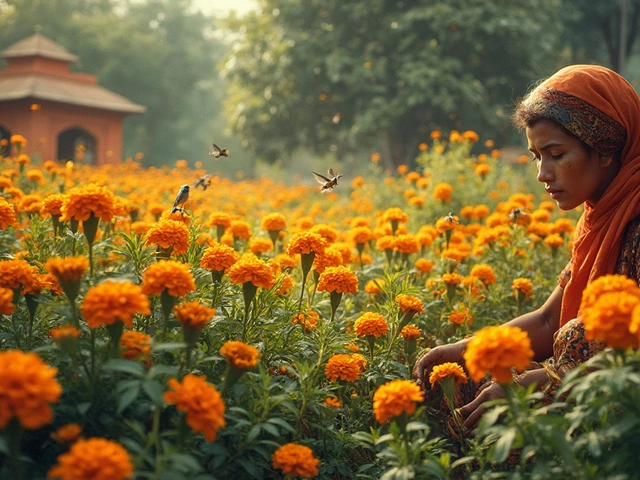
Discover India's All-Season Wonder: The Marigold
By Alden Thorne Mar 23, 2025

Affordable Strategies for Building an Eco-Friendly Home
By Alden Thorne Jan 31, 2025
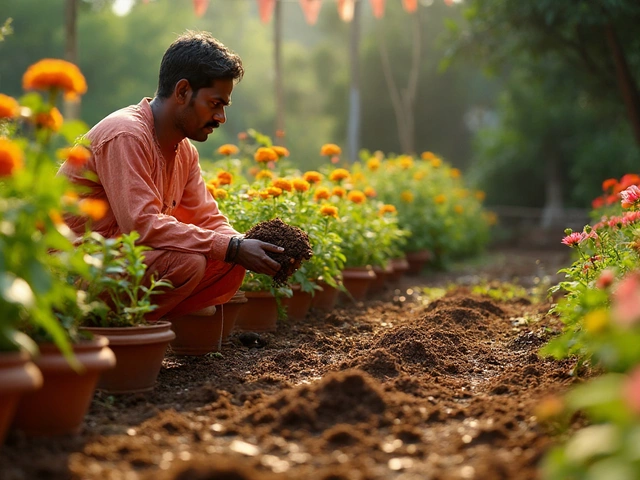
Plants That Hate Coffee Grounds: What Not to Feed Your Garden
By Alden Thorne Aug 4, 2025
